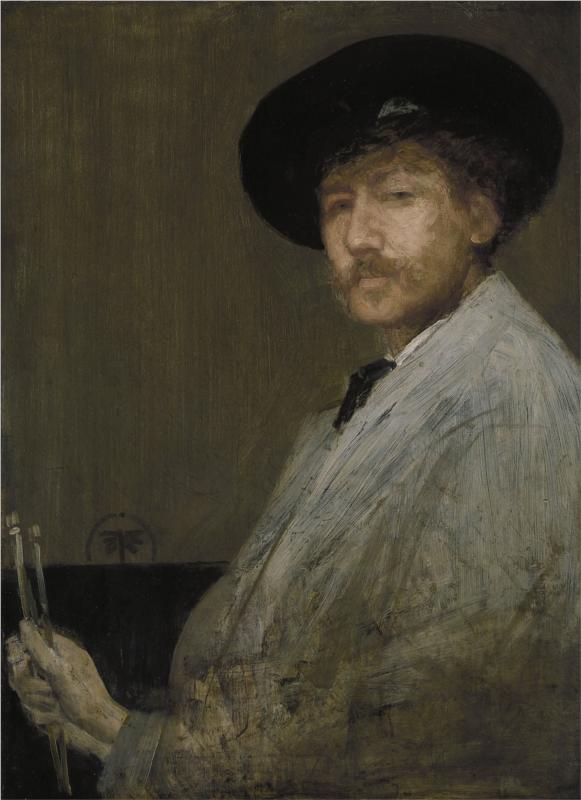
A sacred calling is a person’s sense of being drawn into the life activity that best fulfills the person’s commitment to the most meaningful thing(s) in the person’s life. It expands on commitment fidelity in that it relates to whatever the person holds as divine, or of highest importance and value. Here is a video in which Neil de Grasse Tyson describes his calling as an astrophysicist.
Real
True Narratives
- Here is a video in which Neil de Grasse Tyson describes his calling as an astrophysicist.
Technical and Analytical Readings
Photographs
Documentary and Educational Films
Imaginary
Fictional Narratives
Poetry
We braved the belly of the beast.
We’ve learned that quiet isn’t always peace, and the norms and notions of what “just” is isn’t always justice.
And yet the dawn is ours before we knew it.
[from Amanda Gorman, “The Hill We Climb”]
Music: Composers, artists, and major works
These four piano concerti are among the standard repertoire works for great pianists who have made the art their life’s calling. The music evokes the same idea.
Frédéric Chopin, Piano Concerto No. 1 in E minor, Op. 11 (1830), (approx. 40-46’) is more piano-forward than most concerti. “. . . we often sense that pianistic brilliance is the entire raison d’être of the concertos leading to Chopin’s, whereas in Chopin virtuosity is used more selectively, as a means toward an end.” “. . . the moment the piano enters with its reiteration of the opening theme, the Chopin we know and adore takes over, the solo restating in liquid phrases the material presented by the orchestra and embellishing it with the roulades and arabesques of Chopin the composer of music for piano alone.” Best recorded performances are by Rosenthal in 1931, Rubinstein (Walter) in 1947, Rubinstein (Wallenstein) in 1953, Czerny-Stefańska (Smetáček) in 1955, Rubinstein (Skrowaczeski) in 1961, Pollini (Kletzky) in 1960, Argerich (Dutoit) in 1968, Friere (Wallberg) in 1968, Perahia (Mehta) in 1979, Zimerman (Giulini) in 1979, Falvai (Kórodi) in 1988, Perahia (Mehta) in 1990, Zimerman in 1999, Youn (Riehle) in 2008, Argerich (Kaspszyk) in 2010, and Li in 2019.
Chopin, Piano Concerto No. 2 in F minor, Op. 21 (1830) (approx. 32-36’), can be heard as “Poetry in Motion”. “Neither symphony, opera, nor oratorio tempted (Chopin) whose energies were dedicated exclusively to creating a whole new world of poetry, expressiveness and technique for the keyboard.” In Chopin’s case, these two concerti illustrate the composer’s calling. “Chopin wrote his two piano concertos as musical business cards; they were useful vehicle for self-promotion, particularly when the young Pole arrived in Paris in 1830. Both concertos emphasize the soloist’s role with crystalline, dazzling passages; the orchestra, meanwhile, has a more functional, accompanying role.” Top recorded performances are by Rubinstein (Steinberg) in 1946, Argerich (Dutoit) in 1978, Zimerman (Giulini) in 1979, Perahia (Mehta) in 1990, Ax (Mackerras) in 1997, Zimerman in 1999, Nebolsin (Wit) in 2010, and Trifonov (Pletnev) in 2017.
Johannes Brahms, Piano Concerto No. 1 in D minor, Op. 15 (1858) (approx. 47-53’), commanded Brahms’ attention for five emotionally tumultuous years. He composed this concerto soon after Robert Schuman’s death, and Brahms’ subsequent travels with Schuman’s wife Clara, to whom Brahms was strongly attracted. The music reflects this internal storm. “With an ominous inevitability, the expansive opening theme growls, snarls, and lashes its teeth, rising up like some kind of awesome supernatural power. Immediately, we’re drawn into music which is bold and monumental- a kind of symphony with solo piano.” “Those at the Leipzig premiere . . . reacted as many listeners today do to new works that upset expectations. No concerto they had heard before would have prepared them for such emotional directness, so great a demand for concentration.” Top recorded performances are by Fleisher (Szell) in 1958, Barenboim (Barbirolli) in 1967, Gilels (Jochum) in 1972, Moravec (Bělohlávek) in 1989 ***, Biret (Wit) in 2000, Zimerman (Rattle) in 2004, Freire (Chailly) in 2006, Pollini (Thielemann) in 2011, Grimaud (Nelsons) in 2012, Nicholas Argerich (Paavo Järvi) in 2014, and Schiff in 2021.
Brahms, Piano Concerto No. 2 in B Flat major, Op. 83 (1881) (approx. 48-54’), displays Brahms in glorious maturity, his relationship with Clara Schuman far behind him. “With the spaciousness of a symphony, the drama of an opera, the intimacy of a lullaby and the intertwining raptures of the greatest love songs, it touches on almost every emotion with extraordinary immediacy and power.” “. . . over the course of three years, Brahms had written a profound and monumental work which stretched the concerto form from the customary three movements to four.” Top recorded performances on disc are by Horowitz (Toscanini) in 1940, Hess (Walter) in 1951, Richter (Leinsdorf) in 1960, Rudolf Serkin (Szell) in 1966, Arrau (Haitink) in 1969, Gilels (Jochum) in 1972, Rubinstein (Ormandy) in 1972, Kovacevich (Colin Davis) in 1980, Freire (Chailly) in 2006, Nicholas Argerich (Paavo Järvi) in 2010, Vogt in 2020, Tsybuleva (Reinhardt) in 2020, and Andras Schiff in 2021.
Music: songs and other short pieces
Visual Arts
Film and Stage
- Field of Dreams: “Ray wants to build his field because he is afraid he is turning into his father, whom he has never forgiven for growing old, or, it seems, for dying. So he risks bankruptcy - idealism is pitted against commerce to the end -and crazily plows under part of his crop to build the field.” This is a film about finding a sacred purpose in life – a calling – and pursuing it.